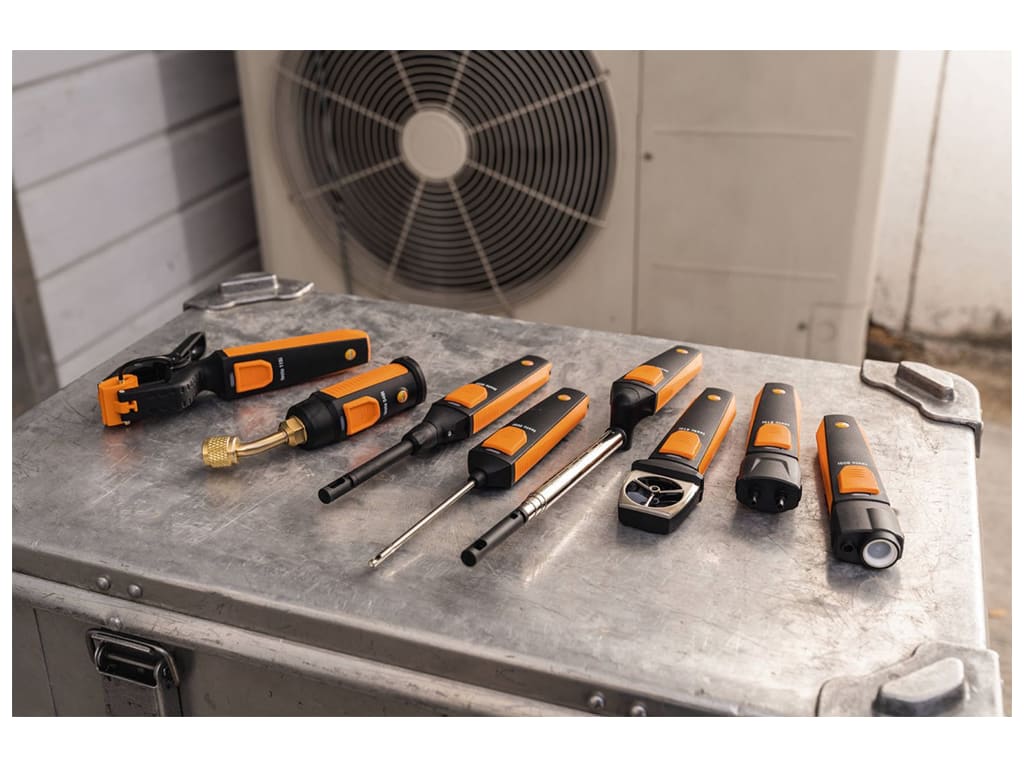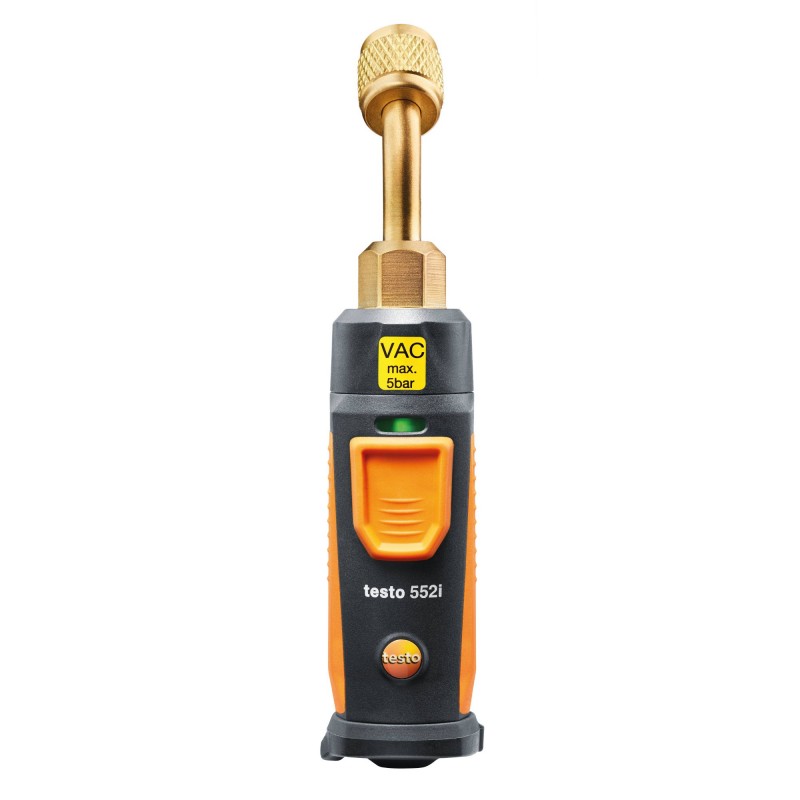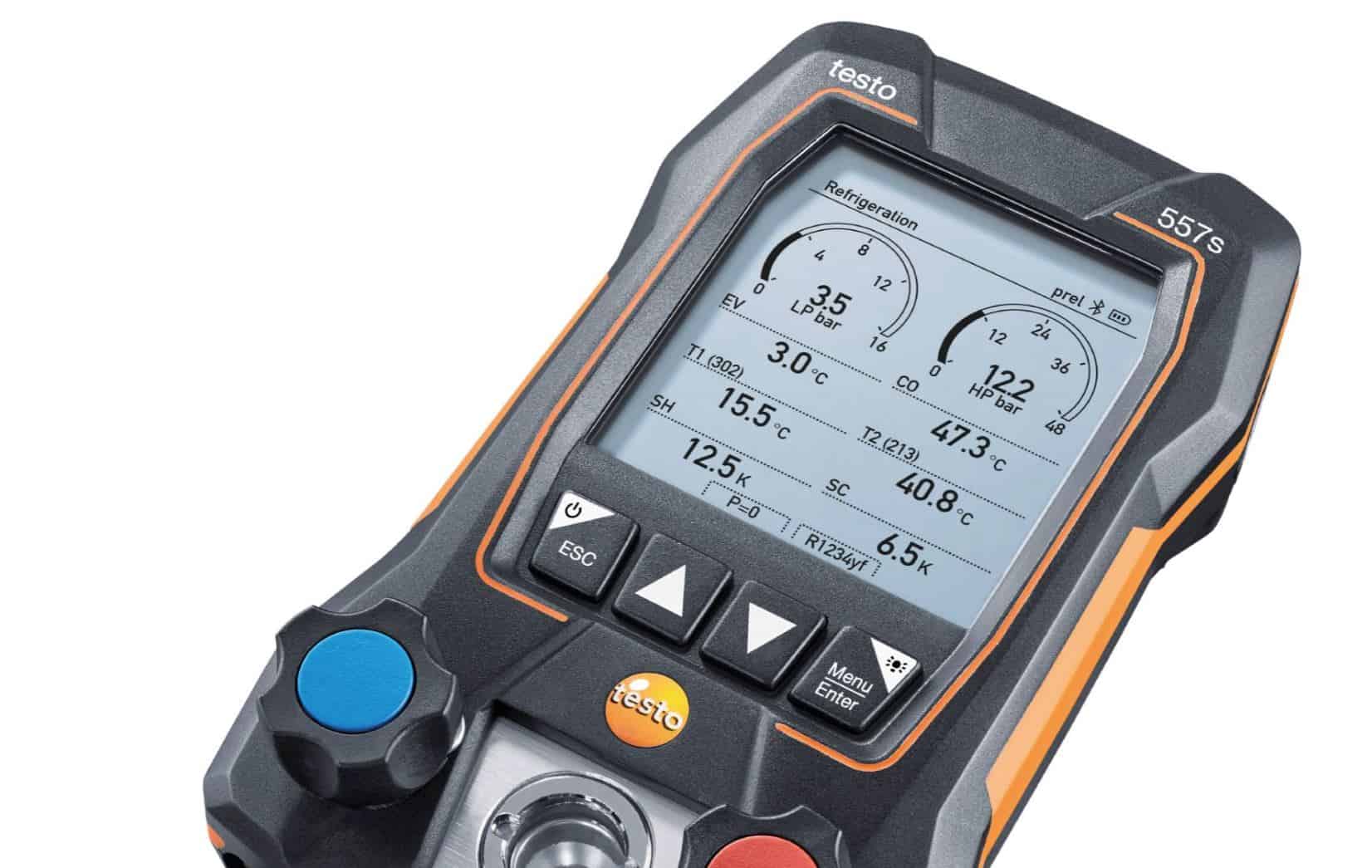


In some situations, where multiple evaporators are used, it may be piped into the suction line. The output of the valve is directly piped to the inlet of the evaporator after the TX valve. The mechanical hot gas bypass valve (HGB) is fed discharge gas (hot gas) teed off from the discharge line. Keep in mind though, it is normal in some applications for evaporators to freeze during normal operation, like in low temperature refrigeration applications.

With increased evaporator temperature, set point will take longer to achieve, thus increasing compressor run times all the while preventing evaporator freeze up. As a space or process temperature reaches set point, hot gas can be added to the evaporator to raise its temperature. Using a hot gas bypass valve can also prevent short cycling of a compressor and prevent evaporator freezing in low load conditions. Hot gas bypass valves can be used in many different applications where the load on the evaporator varies, from residential, to server rooms, to process cooling equipment. Because this load is not put there by heat from the return air, the load is referred to as false. For example, if the return air in a system is close to set point, regardless of what that set point is, the suction pressure will be lower than if the return air was five degrees above set point, correct? By adding hot gas from the discharge line into the evaporator, we can increase the evaporator pressure and temperature. Well, as we have learned in the past, refrigerant pressures are directly related to the ambient temperature surrounding them. Hot gas bypass valves are a simple and very effective way to add a false load on an evaporator coil.


 0 kommentar(er)
0 kommentar(er)
